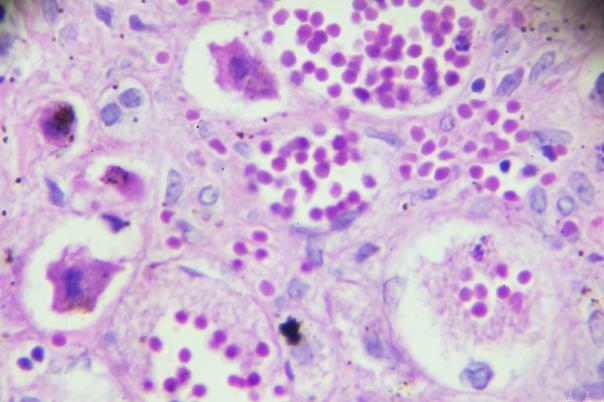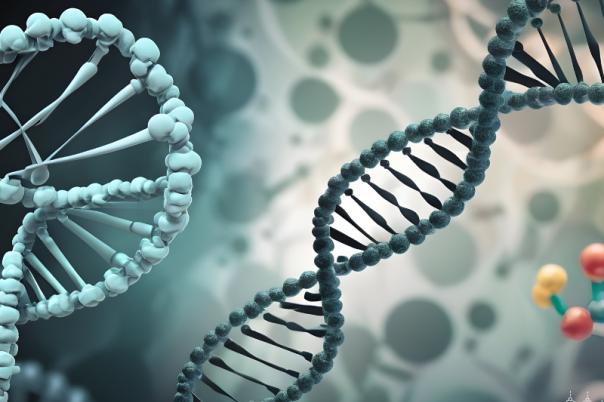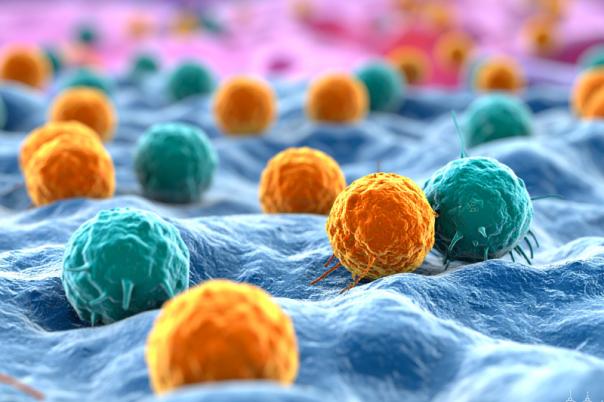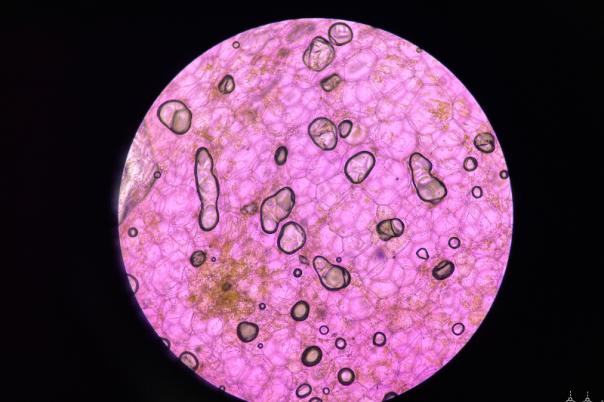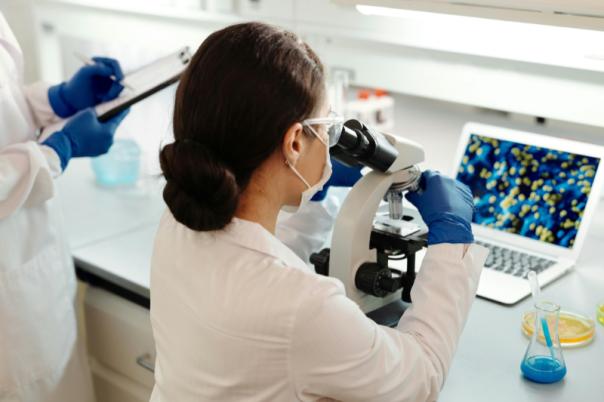It is well understood that tumours are complex and heterogeneous pieces of biology. The tumour microenvironment is teaming with cells of diverse types. Understanding this heterogeneous biological playground is therefore vital to any researcher looking to develop effective therapies for cancer.
That’s the goal of Professor Bożena Kamińska-Kaczmarek, and her group at the Nencki Institute of Experimental Biology. Kamińska explained that despite the plethora of new immunotherapies like CAR T cells and checkpoint inhibitors, they seem to only show limited success, benefiting around 20-30% of patients.
This appears to be because malignant tumours often have a ‘cold’ microenvironment, with low lymphocyte infiltration, leading to ineffective immunotherapies. Developing effective treatments therefore relies on high infiltration of effector T cells and a less immunosuppressive environment around the tumour. Kamińska’s lab focuses on glioblastoma, where standard therapies often fail, and recent trials with checkpoint inhibitors have been unsuccessful.
Also of importance is the spatial organization of tumours: Tumors have different regions with varying vasculature, oxygen concentration, and cell proliferation, affecting cell states. This can be a problem for traditional bulk RNA-seq, as it loses spatial information.
The lab uses single-cell RNA-seq to study myeloid cells in the tumor microenvironment, revealing significant heterogeneity and distinct functional states. Combining protein staining with RNA-seq, CITE-seq technology helps map cell functions, showing microglia proliferation, cytokine production, and monocyte inflammatory signatures.
Using CITE-seq, the researchers have identified 34 immune cell subpopulations, including distinct T cell and NK cell populations, and their specific functions and locations within the tumor. They found that myeloid cells differentiate from monocytes to mature immunosuppressive macrophages in the tumor microenvironment, losing their initial inflammatory signature.
Furthermore, tumors with different genetic backgrounds have distinct immune microenvironments. IDH mutant gliomas showed a ‘super cold’ microenvironment and low immune activity, making them unresponsive to checkpoint inhibitors.
The findings in animal models align with human data which shows the importance of understanding tumor microenvironments for developing effective therapies.
